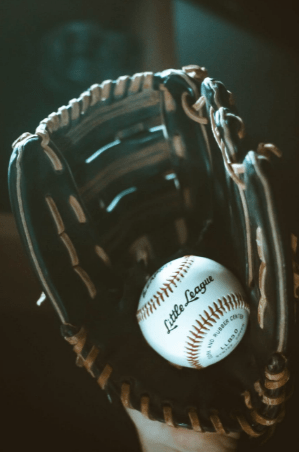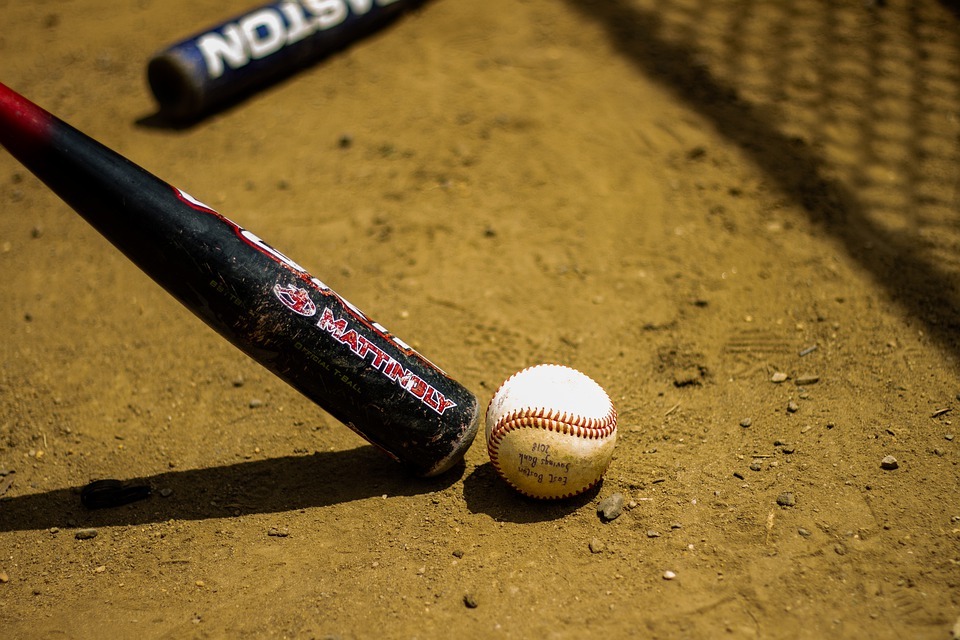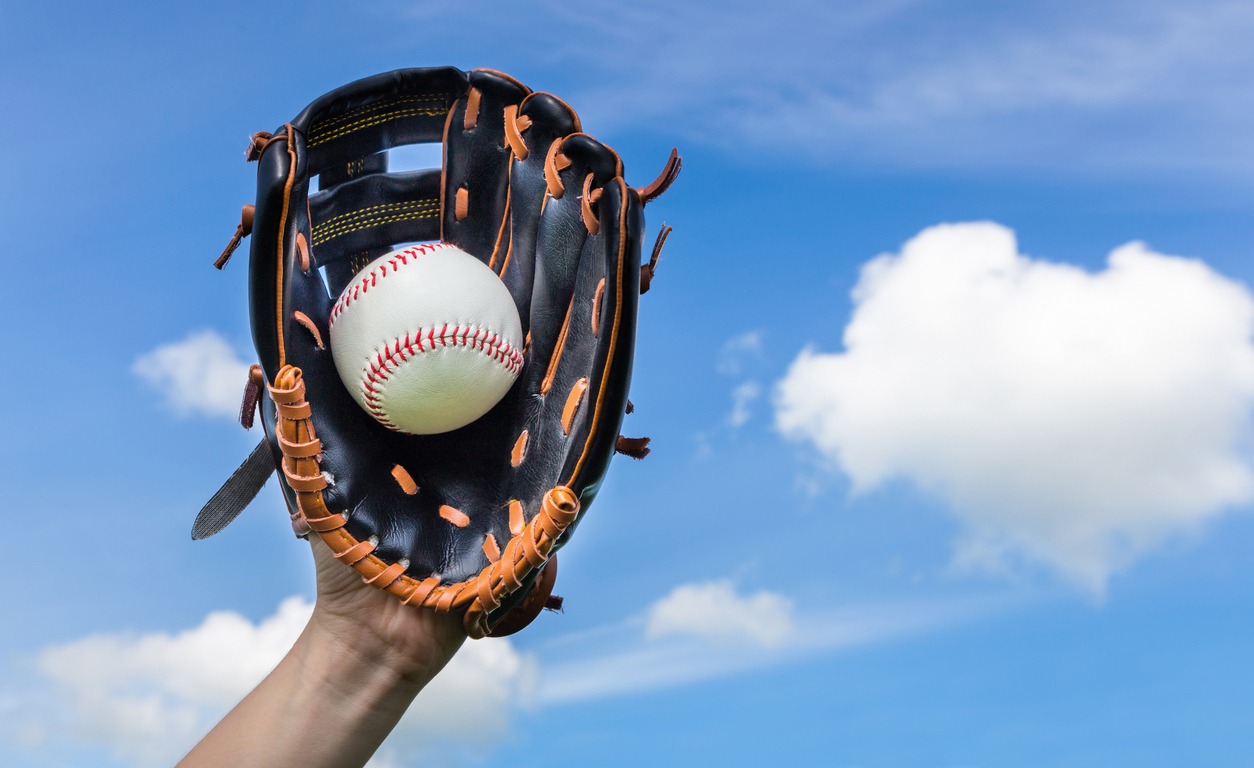Overview of Baseball Gloves - By Type and Position
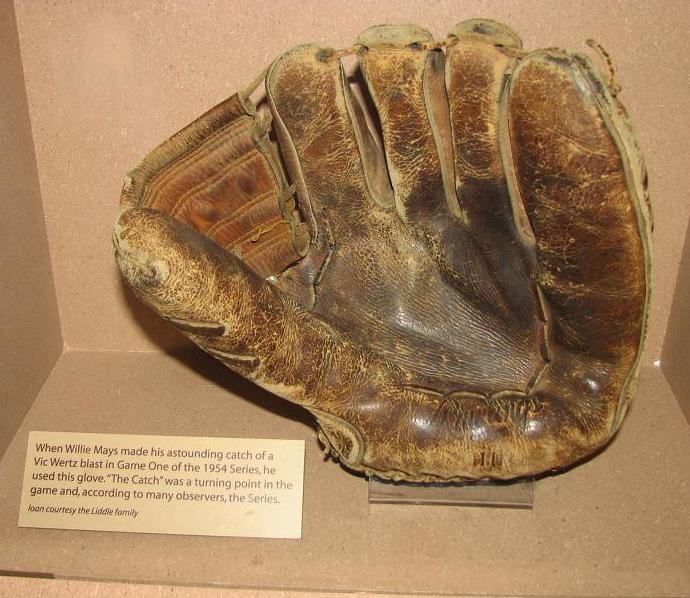
A good glove is a must-have for any baseball player. Without one, baseball is impossible to play. However, gloves have not always looked like they have today. In fact, they have not even always been a part of a baseball player’s equipment.
Baseball has been around for well over a century. Back in the late 1800s, baseball players merely used their hands to field and catch the ball. This lead to many hand injuries and bruising.

The first recorded usage of a glove was by a player named Charles C. Waite in 1875. Waite often suffered from bruises and sore hands from the impact of the ball. The glove was seen as a sign of weakness and Waite and others who used gloves were often ridiculed for using them. These gloves were not like the ones today. They did not have a pocket and were merely fingerless gloves that allowed for the same manipulation of the ball while providing a bit of extra padding.
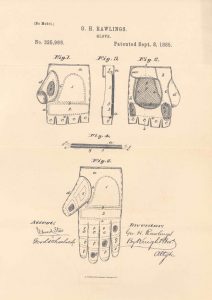
Gloves began to become more popular after a player named Albert Spalding both used and sold gloves to other players. Spalding later founded the sports company of the same name which still manufactures gloves today, along with a variety of other sports equipment. The glove slowly began to catch on and lose the stigma of weakness formerly associated with it. By the 1890s, it was very widespread and popular, but not required, to wear a glove on the field. There were those who still refused to wear a glove who were called ‘barehanded catchers’. In 1895, the first regulations were put into place for gloves. Beyond the first baseman and the catcher, every glove must be between 10 and 14 inches in length.
Spalding also made several adjustments to the glove during this time. He added more padding to the palm area and webbing was put in between the fingers. It was not until 1920 that a pitcher for the Cardinals named Bill Doak requested that extra webbing be installed in between the index finger and the thumb to create a pocket. This design was eventually patented by Doak and sold to Rawlings. Because of this, Rawlings became the preferred glove of MLB players. This change also signaled the shift from gloves being designed for hand protection to becoming tools to more efficiently catch and field baseballs.
A tradition that spawned with the advent of the baseball glove was to leave them out on the field when going to hit. This was eventually outlawed by the MLB in 1954. Players were then required to bring their gloves back into the dugout.
Also, during the 1950s, a major change was made to gloves designs. Broader pockets were added, as well as larger webbing and more glove type options. Gloves slowly became more customized and suited towards certain positions. This came about because the game was getting harder and every bit of efficiency was needed to compete. Today, there are many different types of gloves. They are: the catcher’s mitt, the first baseman’s mitt, the infielder’s glove, the outfielder’s glove, the pitcher’s glove, the switch-thrower’s glove, and their left-handed varieties. It is important to note that a left-handed glove will go on the right hand and vice-versa for right-handed gloves. This is because the glove is worn on the non-dominant hand so that the dominant hand can be used to throw.
The catcher’s mitt is not called a glove because it does not have individual fingers. This glove was developed because as pitchers started throwing harder, the padding on a normal glove was not enough protection for catcher to safely handle the pitch. The glove is also shaped different, more in a circle or claw shape. This design helps the ball funnel into a special pocket and helps provide the pitcher with a definitive target. Some catcher’s use bigger gloves, typically when they are catching a knuckleball pitcher due to the balls erratic movement. There is no standard left-handed catcher’s mitt due to left-handed baseball players never playing the position. It is possible to custom order a left-handed catcher’s mitt online, though it is impossible to find them in sports outlet stores.
The first baseman’s mitt also lacks fingers. They are the biggest type of glove. This is because first basemen often have to scoop, also known as ‘pick’, the ball out of the dirt when thrown errantly by the infielders. They are usually 12.5-12-75 inches in length. First base gloves are readily available for both left and right-handed players. This is due to lefties often being relegated to first base.
Infielder’s gloves are the smallest variety of gloves. This is because it would be disadvantageous for an infielder to have a deep pocket in their glove, as they often have to make plays that are decided by the millisecond. A deep pocket adds an infinitesimal amount of time to the transfer from glove to hand, time enough to make up the different between the runner being safe and out. The webbing is most often open on the infielder’s glove so that dirt is not caught up and flung into the player’s eyes when fielding the ball. Infielder’s gloves are typically only made for right-handed players due to third base, shortstop, and second base being right-handed positions.
Pitcher’s gloves are much like infielder’s gloves except for one key difference. The webbing on the pocket is closed, meaning it cannot be seen through. This is so the pitch cannot be seen by the opposing team before it is thrown. Pitcher’s gloves are readily available for both right and left-handed players.
Outfielder’s gloves are the second biggest variety of gloves. They are very long and have deep pockets to allow for catching fly balls. The design is also helpful when diving for a ball. The length eases the transition from fielding a groundball to throwing as they do not have to bend down as far as with a shorter glove. Outfielder’s gloves are readily available for both left and right-handed players.
The switch-thrower’s gloves are as the name says. It is intended to be worn on both the left and the right hand. It generally must be custom-ordered as the need for one is incredibly rare. Generally, it is useful for ambidextrous pitchers who pitch with both hands. In the MLB, only one player has used the switch-thrower’s glove. Pat Venditte, a pitcher for the Oakland Athletics, used the glove to pitch with both arms.
Gloves have evolved from basic protection pieces into an integral and sleek part of baseball today. They are larger, more advanced, and more efficient than ever before. It is important to know what type of glove is needed as it can make or break the game of a baseball player.

